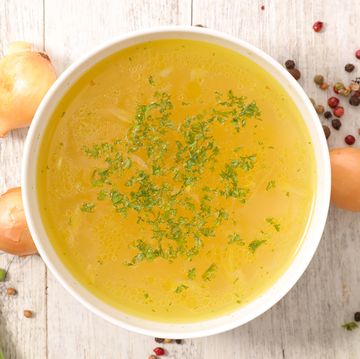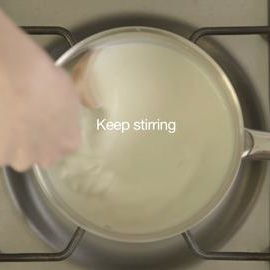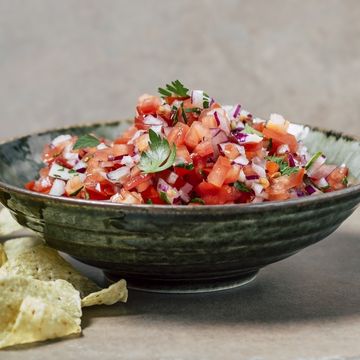How to freeze stock
Once you’ve made a fresh stock, how do you store it? We’ve got all the answers on how to chill and freeze stock as well as tips on how to make homemade stock cubes, so follow our handy guide…
Once you’ve mastered making your own chicken stock or vegetable stock, knowing how to store it properly can mean your hard work doesn’t go to waste, as stock doesn’t keep in the fridge for long.
How do I store stock?
Cool the fresh stock down quickly (you can sit the pan 0f strained stock in a sink of cold water to speed it up), then pour the strained liquid into a sealable container. Use within 3 days, or freeze.
What to read next
How do I make stock take up less space?
If you don’t have fridge space to store such a large amount of liquid, you can pour the stock into a wide pan and boil it to reduce it down first. Cool it, then store. Just make sure you label it as concentrated stock, so you know to add some water back in when re-using.
How do I freeze stock?
Line a freezeproof plastic container with a freezer bag and pour cold stock into bag. Cover tightly and freeze. Once stock is frozen, remove bag from container to make it easier to store. Freeze for up to 3 months.
Can I freeze homemade stock?
You can make homemade fresh stock cubes easily. Pour the strained stock into a large wide pan and reduce it down by boiling until concentrated to about a quarter of its original volume. Cool, then pour stock into an ice cube tray. Once frozen, transfer blocks to a sealable container. You can take out as many cubes as you need and reseal tub (you may need a few for a recipe as they often aren’t as strong as shop-bought). Freeze for up to 3 months.
Can I reheat stock?
You can reheat frozen stock. Following food safety guidelines, once fresh stock has cooled/frozen, it should only be reheated once more. Any dish made with fresh stock that’s been previously cooled should be eaten immediately and not saved for leftovers.
If you make a dish with freshly cooked hot stock (i.e stock that has just been made and hasn’t been cooled down yet), you can store the leftovers of the meal in the fridge or freezer, then reheat them one more time.
How to freeze freshly-made stock
- Line a freezeproof plastic container with a freezer bag and pour cold stock into bag.
- Cover tightly and freeze. Once stock is frozen remove bag from container to make it easier to store.
- To freeze in smaller portions, reduce stock down by boiling it until concentrated to about a quarter of its original volume, then pour stock into an ice cube tray.
- Once frozen, transfer blocks to a sealable container. You can take out as many cubes as you need and reseal tub. Stocks can be frozen for up to 3 months.
- Always remember to clearly label and date what you’re freezing so you can keep track of what you have and use it in good time.
A crack team of highly skilled food content producers, the GH Kitchen Team are Good Housekeeping’s resident recipe developers and all-round food obsessives. GH Kitchen Director Sarah Akhurst is our resident hosting pro and loves nothing more than putting on a foodie feast for friends. Senior Cookery Writer Alice Shields is a former pastry chef and baking fanatic who loves making bread and would have peanut butter with everything if she could. Lover of all things savoury, Senior Cookery Writer Grace Evans can be found eating nocellara olives at every opportunity, and will take the cheeseboard over dessert any time. With a wealth of professional kitchen experience between them, they’re dedicated to ensuring every Good Housekeeping recipe is the best it can be, so you can trust they’ll work every single time.













